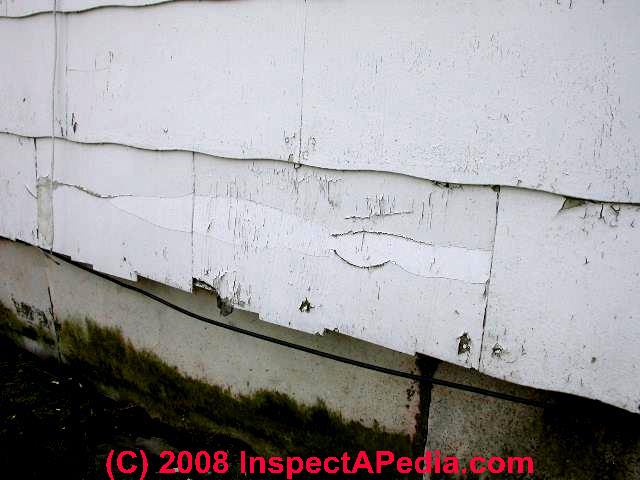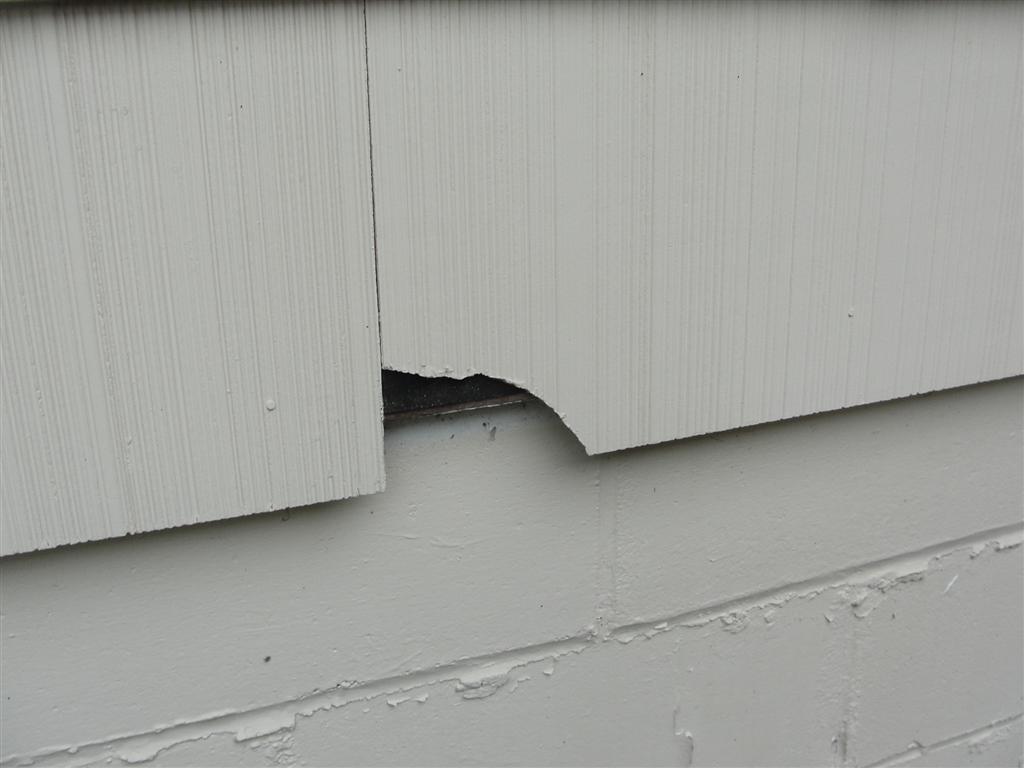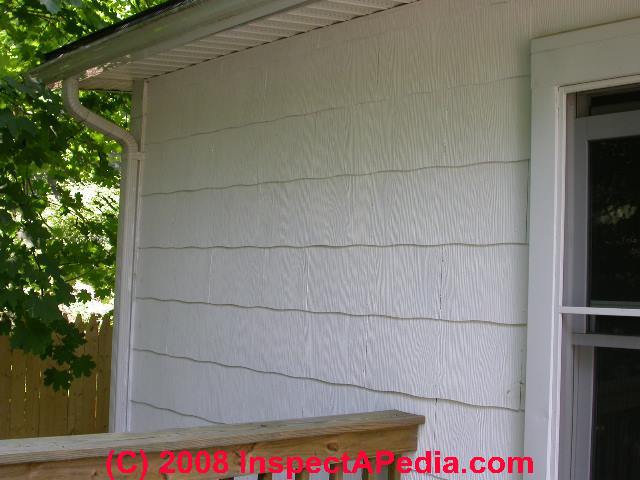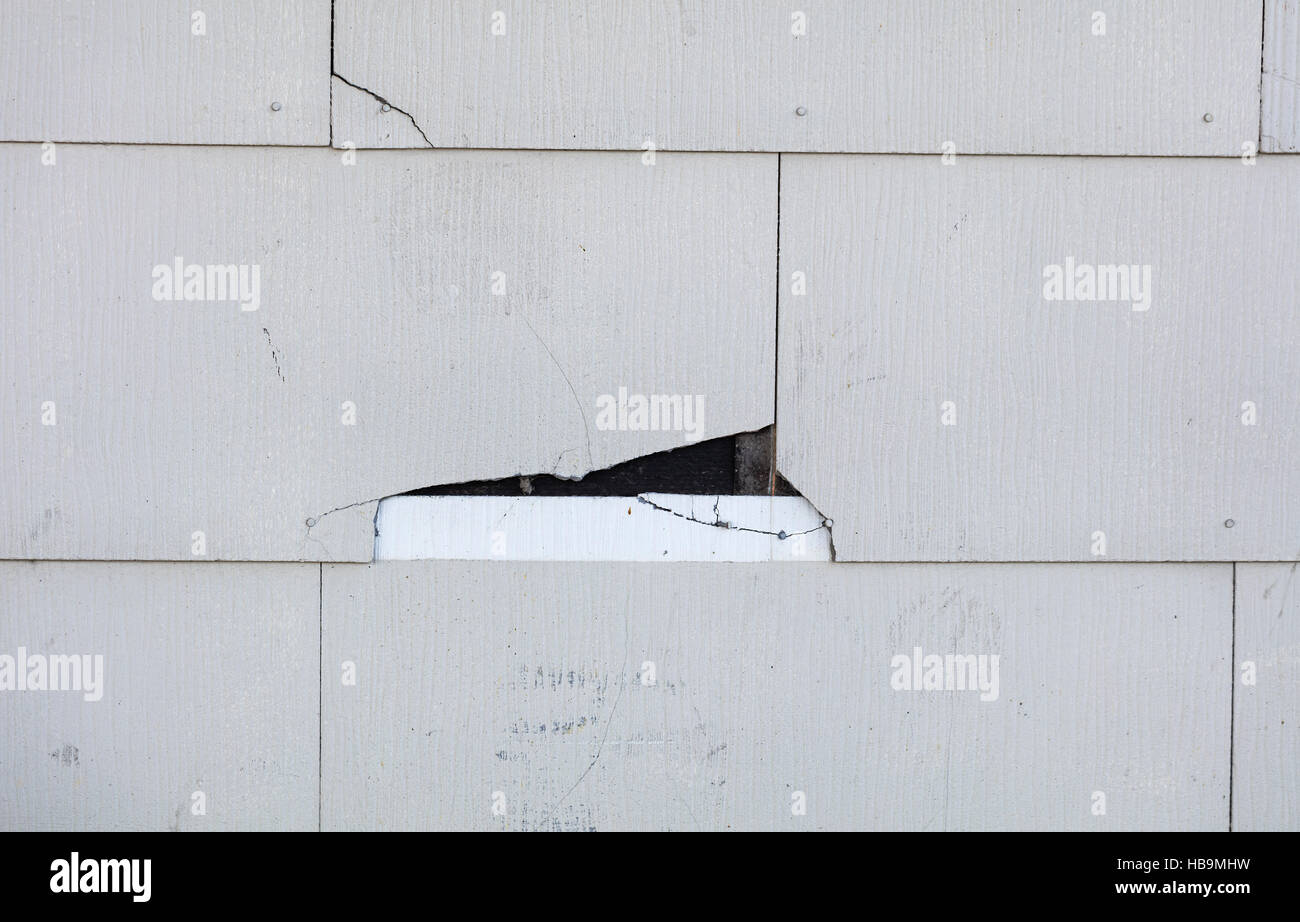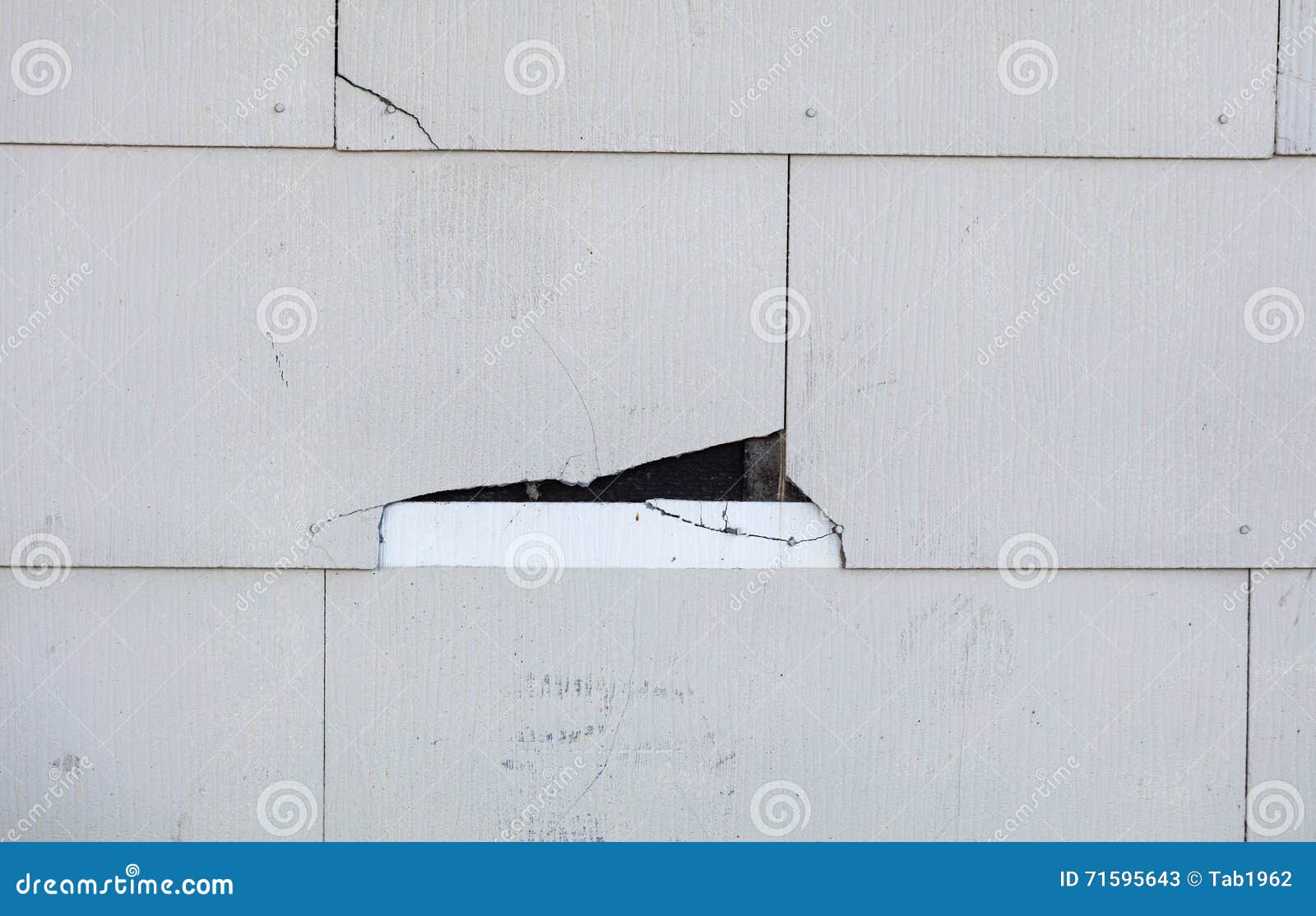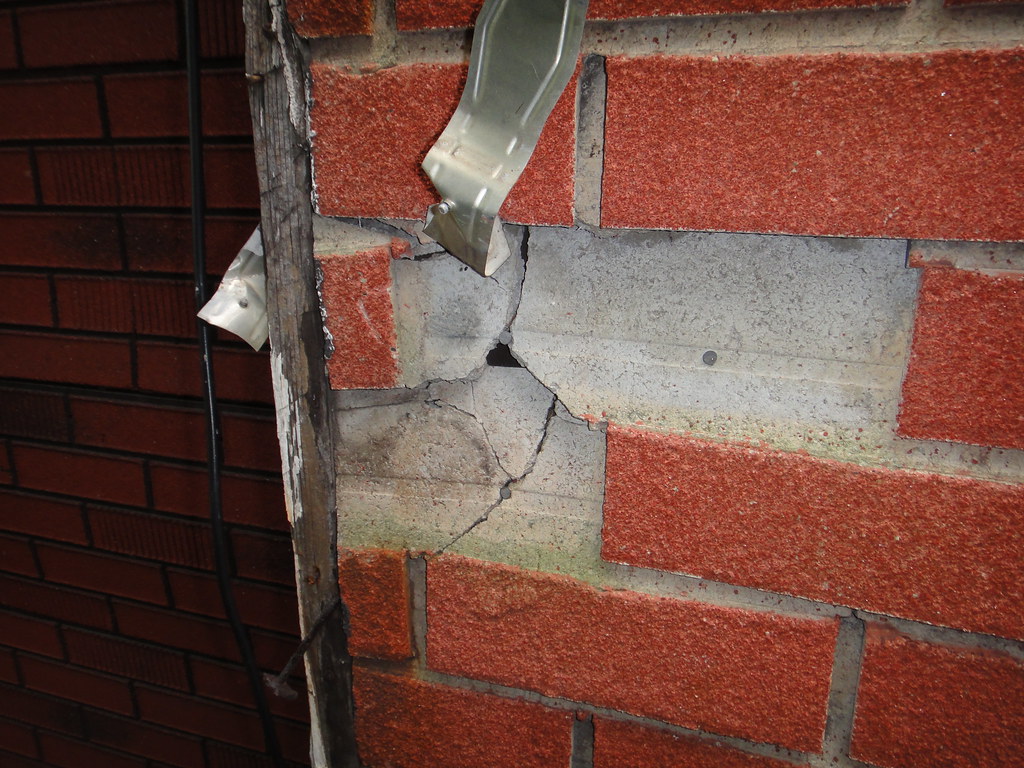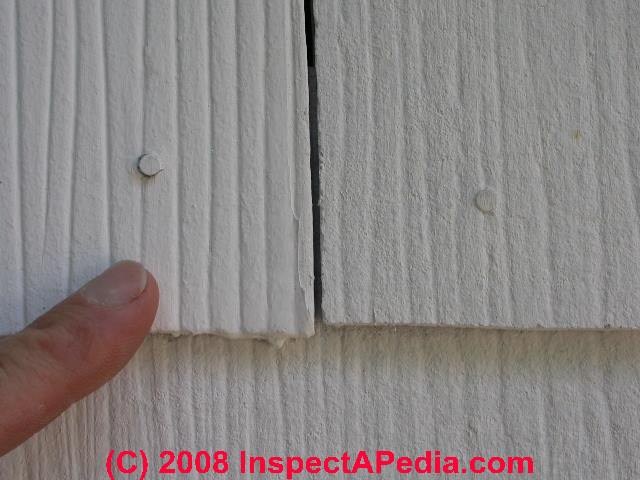A common remodeling practice is to install new vinyl or aluminum siding over cement asbestos shingle siding as well as over many other older siding materials when the old siding has become damaged leaky or cosmetically ugly.
Asbestos siding damage.
When it comes to repairing an asbestos siding it is recommended to hand over the task to a certified and reputed professional.
The issue here is asbestos and the risks of serious lung diseases it can cause.
Guide to siding over asbestos cement siding.
These actions create new surfaces where there is the greatest potential for release of asbestos fibers.
Do not throw or drop asbestos containing roofing or siding materials to the ground.
This landscaping feature will serve to protect the siding from lawnmower damage.
It has been manufactured with textures intended to simulate the look of other cladding materials such as wood grain.
Both the epa and the vinyl siding institute recommend not disturbing asbestos if at all possible.
It resists termite damage.
Asbestos is a dangerous material and you would do good by calling professionals for the repair work.
It s pretty serious but according to health canada one of the world s leading sources of unbiased information on the subject if.
Installing vinyl siding will require disturbing the asbestos by nailing into it.
Most homes built after the 1980s no longer use siding that contains asbestos because of its obvious health risks.
Avoid tearing ripping chipping cutting or grinding asbestos containing materials.
Even a single airborne fiber of the most dangerous types of asbestos can eventually cause a particular form of lung cancer if inhaled.
And make no mistake asbestos is dangerous.
To protect the asbestos cement siding material one could plant small shrubs or flower beds between the bottom of the wall and the grass lawn.
However fixer uppers and older homes with their original siding may still contain this dangerous material.
Asbestos cement siding is highly fire resistant and will not burn or melt the way vinyl and wood siding will.
Although homes built after the 1980s are generally safe some newer builds may also have asbestos lurking in the siding.
Water helps keep asbestos fibers from becoming airborne.
Replacement cementious wall shingle materials are now available that look almost exactly like the original materials but that do not contain asbestos.
Take appropriate care and precautions when removing and disposing of old asbestos siding pieces.
In most cases you can pry out old pieces in one intact piece which is very important as asbestos only becomes dangerous when it s broken and made friable and fibers are released into the air.
